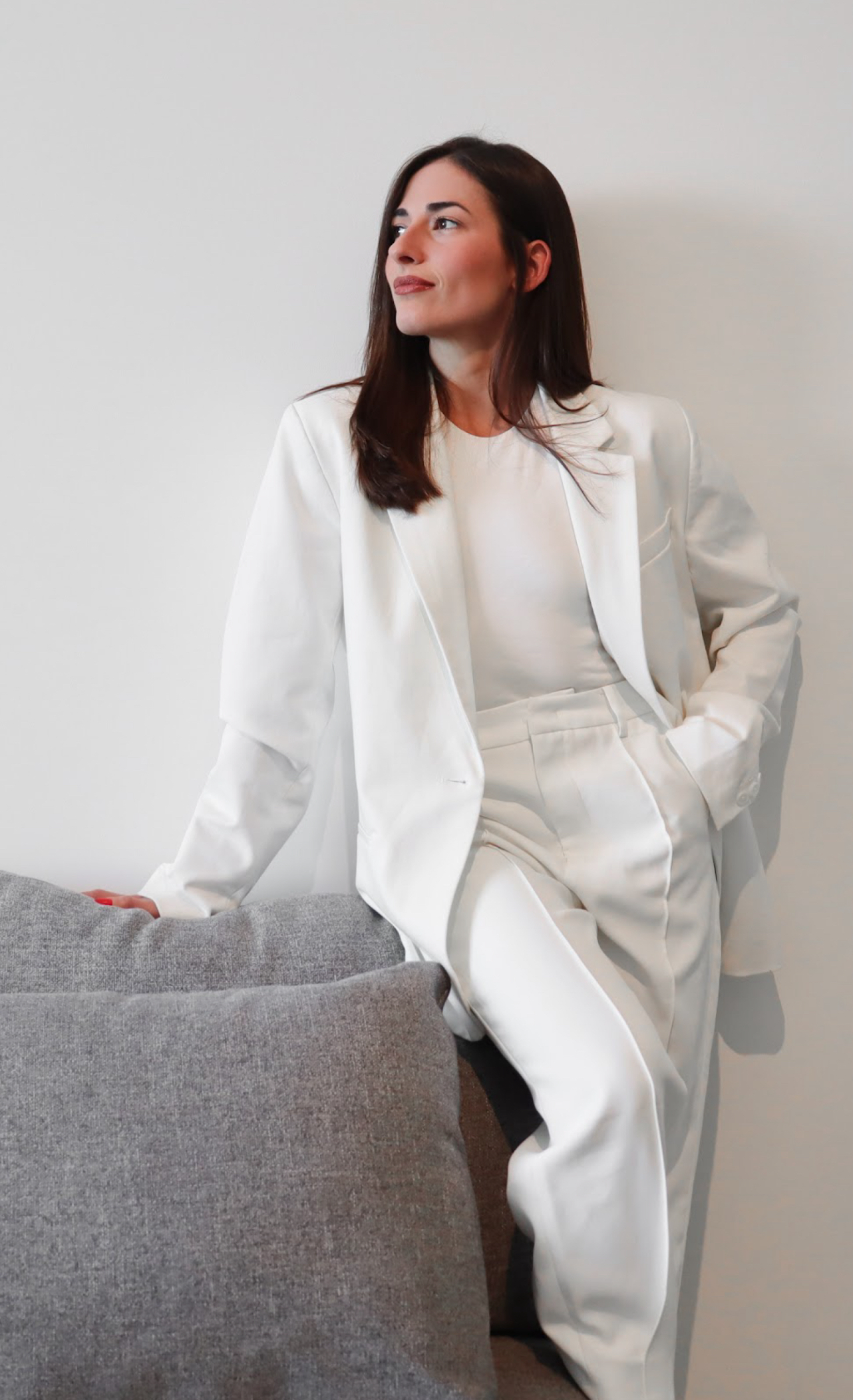F L A U N T


In an industry often hemmed in by convention and minimalism clichés, Maria Gabriela Rojas Montes de Oca cuts through the noise. Her work doesn’t whisper—it speaks in poetic volumes, with an accent all her own. Born in Venezuela and now shaping spaces from Miami to Madrid, Maria Gabriela is the creative polymath redefining what architecture feels like when global vision meets precision craft.
Whether you’re stepping into a $75 million residence or brushing past the sculptural elegance of her Kyoto Design Award-winning Oisho Chair, one thing becomes clear: her spaces breathe. Not in a literal, biophilic-buzzword sense (though she is known for championing natural materials and light), but in a visceral, emotional sense. Her environments carry pulse and memory.
“I don’t want to just decorate a space. I want to give it tension, rhythm, something unresolved,” Maria says, leaning back with the quiet confidence of someone whose designs are featured in Florida Design and staged for eight-figure sales. “Design should never be so perfect that it stops being human.”
She’s mastered that paradox. As lead interior designer and architect for Poggi Design, Maria Gabriela has helped sculpt an identity for the firm that is both editorial and elemental. Her projects span sales centers in Lima, penthouses on Fisher Island, and conceptual hotels in Cat Cay. Each is grounded in detail—soft shadows, tactile finishes, cinematic light—but also in narrative. She’s telling stories through furniture curves and floor plan geometry, using 3D modeling software like 3ds Max and Lumion the way a painter might use light and pigment.
And she isn’t just designing interiors—she’s crafting entire worlds. The Arravanti Showroom in Miami isn’t a showroom, it’s a slow-burn experience in material seduction. The Urdaneta Residence in Pinecrest isn’t just a luxury home—it’s a canvas where $4.5 million worth of finishes and furnishings operate like a live-in gallery.
Her style defies boxy categorization: it’s emotional minimalism, tech-informed artistry, and a heavy dose of South American soul. That’s what’s rare. That’s what makes her worth watching—not because she’s emerging, but because she’s already reshaping the future of design and letting it breathe.